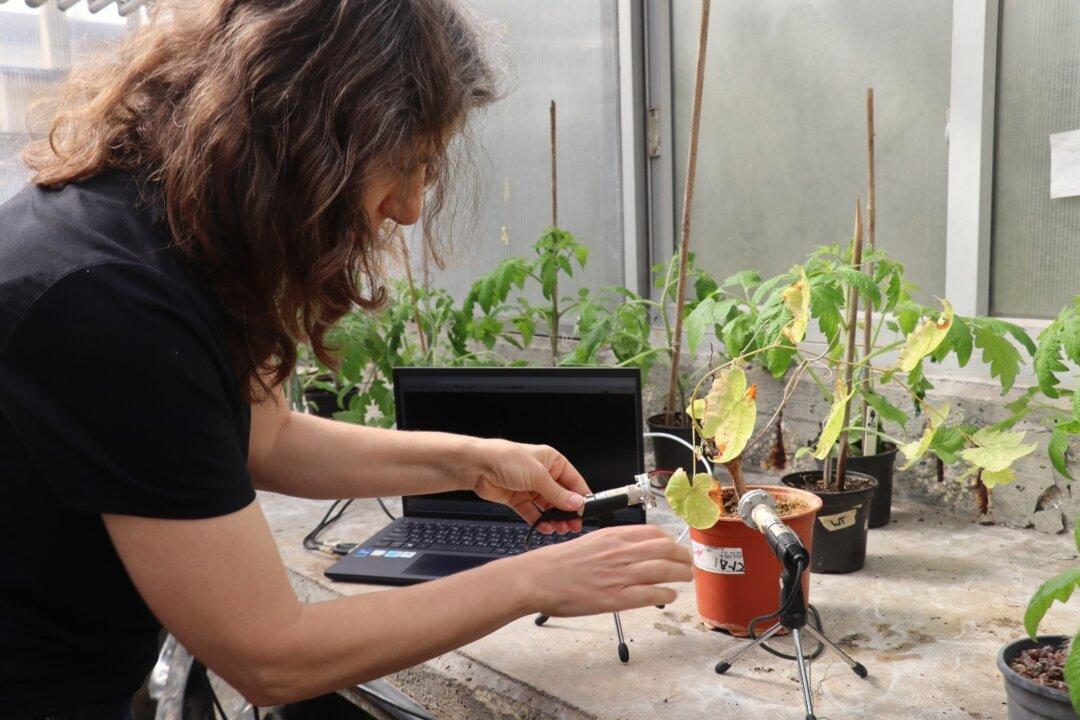Plants under stress emit ultrasonic sounds that are specific to each species and to the type of stress they experience, according to a recent study.
The click-like sounds emitted by plants—similar to the popping of popcorn—that were recorded and analyzed for the first time, can probably be heard by various animals, such as bats, mice, and insects, yet are beyond the hearing range of the human ear.





